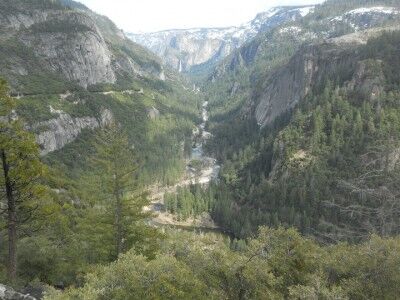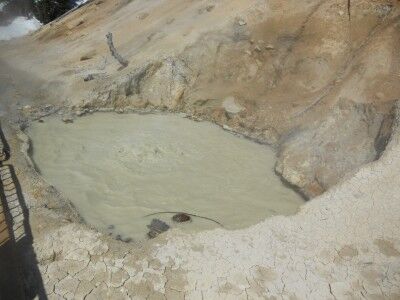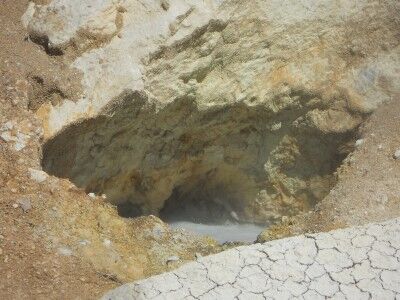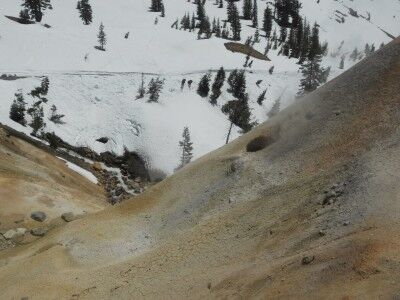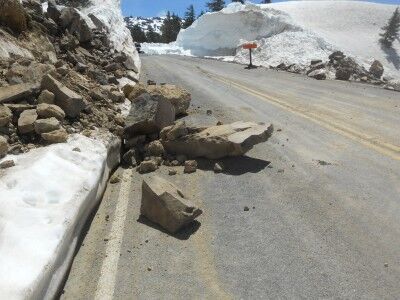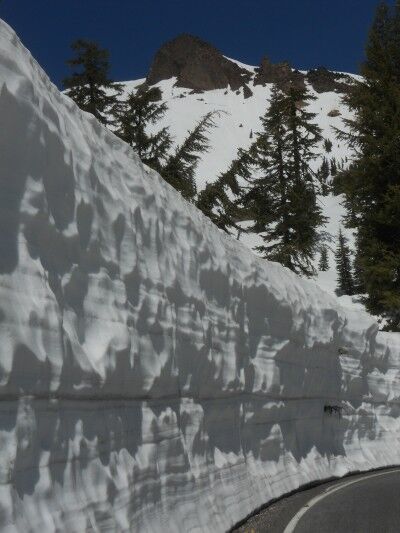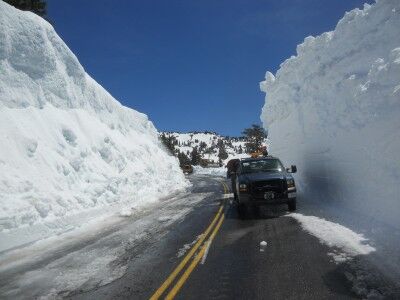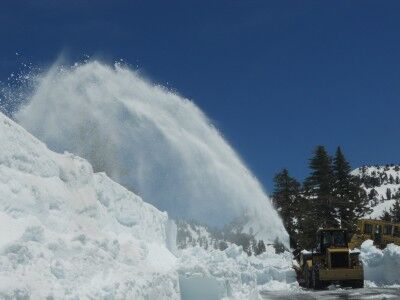The sun and moon (rather than the stars) will align to give a great opportunity for those living in the West to view a solar eclipse on May 20, 2012 at a large number of National Parks. Even better, the 20th falls on Sunday which should allow even more people to get out and witness this exciting event.
Approximately 30 national parks are located in areas where a “ring of fire” solar eclipse can be seen with six of these National Parks offering a near perfect centering of the moon during thesolar eclipse. There are another 125 National Parks where the eclipse can be seen, but where it will only be “merely wonderful” according to the National Park Service.
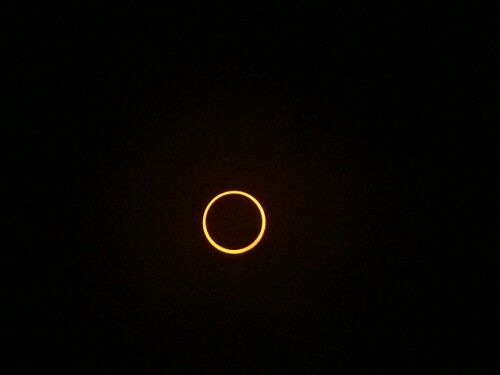
For those who want to get the absolute best view of the solar eclipse, there are six National Parks where the moon will be centered and cover 96% of the sun. These include:
- Canyon de Chelly National Monument
- Glen Canyon National Recreation Area
- Lassen Volcanic National Park
- Petroglyph National Monument
- Redwoods National Park (the best views will be on the beach away from the tree cover)
- Zion National Park
For example, those who plan to watch the solar eclipse from Petroglyph National Monument will have the opportunity to see the moon centered while covering 96.5% of the sun. The solar eclipse “annularity” will last for four minutes and 26 seconds beginning at 7:33 PM MDT, and the eclipse will end when the sun sets behind the horizon at approximately 8:30 PM. Even when the moon is centered, there won’t be total darkness as this will not be a full eclipse of the sun, and bright ring of light will still shine outward surrounding the moon.
National Parks Where Solar Eclipse with Moon Centered Can Be Seen
Canyon de Chelly National Monument
Glen Canyon National Recreation Area
Lassen Volcanic National Park
Petroglyph National Monument
Redwoods National Park
Zion National Park
National Parks Where Solar Eclipse Can Be Seen
Visitors to these National Parks will see a solar eclipse, but the moon will be slightly off-center during the period that its shadow falls across the sun.
Aztec Ruins National Monument
Bandelier National Monument
Bryce Canyon National Park
Canyon de Chelly National Monument
Capitol Reef National Park
Cedar Breaks National Monument
Chaco Culture National Historical Park
El Malpais National Monument
El Morrow National Monument
Fort Union National Monument
Grand Canyon National Park
Great Basin National Park
Hovenweep National Monument
Hubbell Trading Post National Historic Site
Lava Beds National Monument
Mesa Verde National Park
Natural Bridges National Monument
Navajo National Monument
Oregon Caves National Monument
Pecos National Historical Park
Petrified Forest National Park
Rainbow Bridge National Monument
Salinas Pueblo Missions National Monument
Whiskeytown-Shasta-Trinity National Recreation Area
Wupatki National Monument
Yucca House National Monument
National Parks Where Partial Solar Eclipse Can Be Seen
Alibates Flint Quarries National Monument
Apostle Islands National Lakeshore
Brown v. Board of Education National Historic Site
Chamizal National Monument
Effigy Mounds National Monument
Fort Larned National Historic Site
Guadalupe Mountains National Park
Harry S. Truman National Historic Site
Isle Royale National Park
Lake Meredith National Recreation Area
Mississippi River National Recreation Area
Nicodemus National Historic Site
Pipestone National Monument
St. Croix River National Scenic River
Tallgrass Prairie National Preserve
Voyageurs National Park
Washita Battlefield National Historic Site
May 20th should be a wonderful opportunity to witness this rare event in some of the most beautiful places in the US.
(Photo courtesy of Badruddeen)

